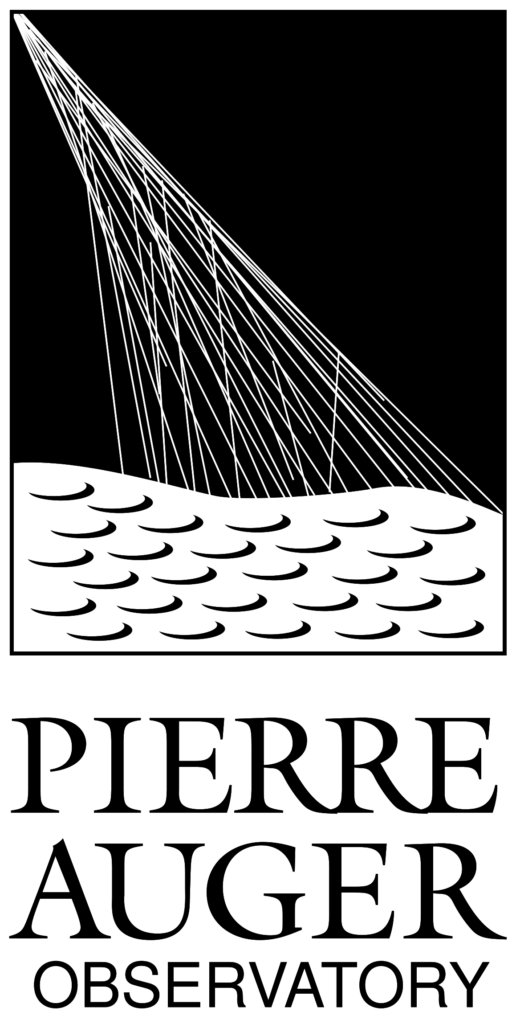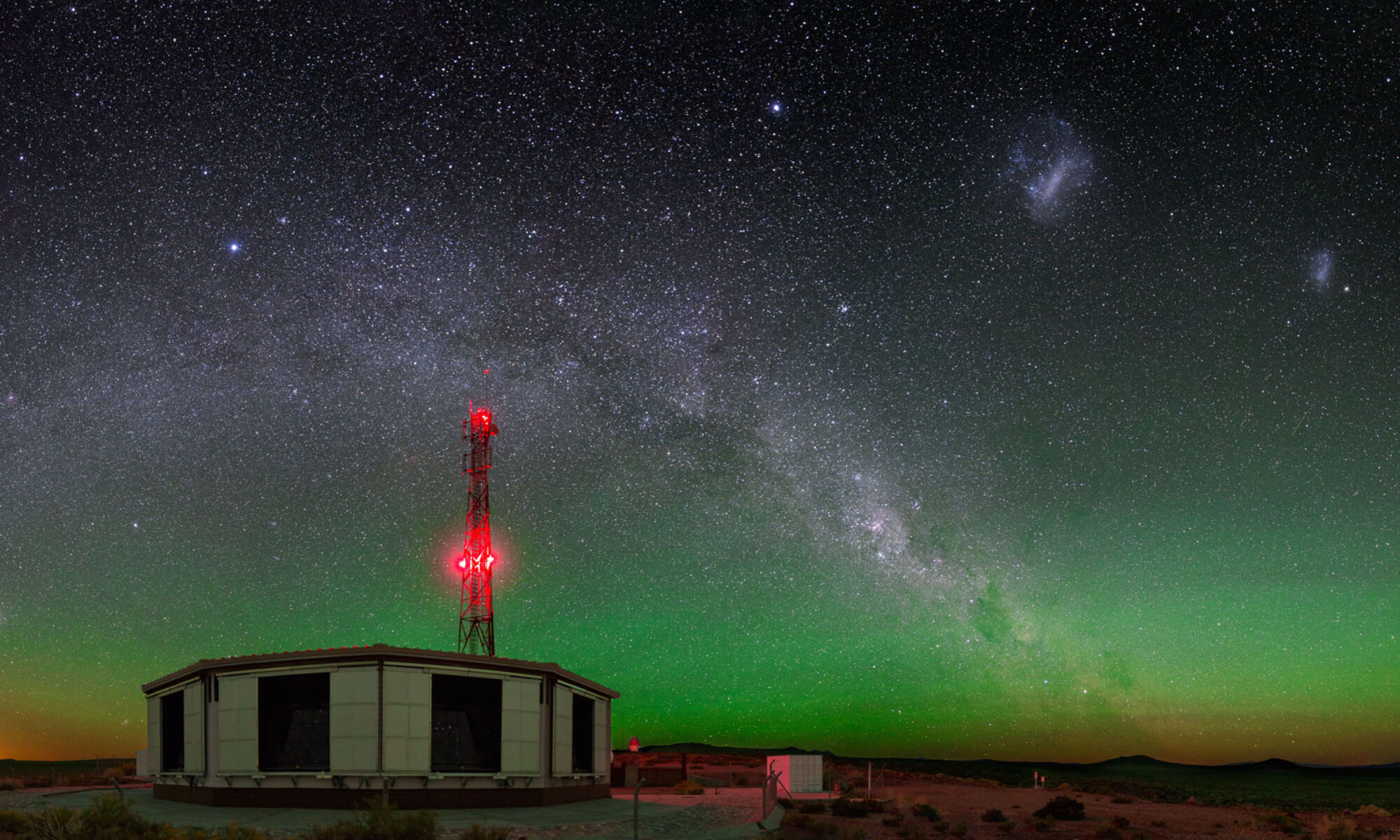Cosmic rays are particles produced in the cosmos and reach us with a variety of energies, that can go up to 100 EeV (16 J!). They can give information about their astrophysical sources and about particle physics at energies well above those that can be reached in human-made accelerators. At high energy, cosmic rays interactions in the atmosphere produce a cascade of secondary particles, allowing their indirect detection.

The Pierre Auger Observatory is the largest operating detector for the highest energy cosmic rays. It covers an area of 3000 km2 in Argentina, and will take data up to 2025. It combines two techniques: imaging the extensive air showers as they develop in the atmosphere and recording their footprints over several km2 at ground. The surface detector is being upgraded to give extra information, low energy extensions are making the bridge to existing accelerator data, and several R&D projects are under development to establish the way for next generation observatories.
The analysis of the Auger data has shown that the highest energy cosmic rays are charged particles, that come from outside our galaxy, and that there is a sharp fall of the flux at E ~ 40 EeV. On the other hand, it has shown that the shower models extrapolating the existing data from particle accelerators do not match what is seen in these highest energy cosmic ray data.
The LIP group participates in Auger since almost its beginning, and concentrates on the particle physics aspects of Auger. We are strongly involved in high energy shower physics and hadronic interaction analyses. We are also doing R&D on new surface detectors able to separate secondary particles at ground, based on the RPC technology for which LIP has world-leading expertise. A small MARTA engineering array will be embedded in the Pierre Auger Observatory, allowing the measurement of more information of the cosmic ray primary interactions at the LHC energy range.
